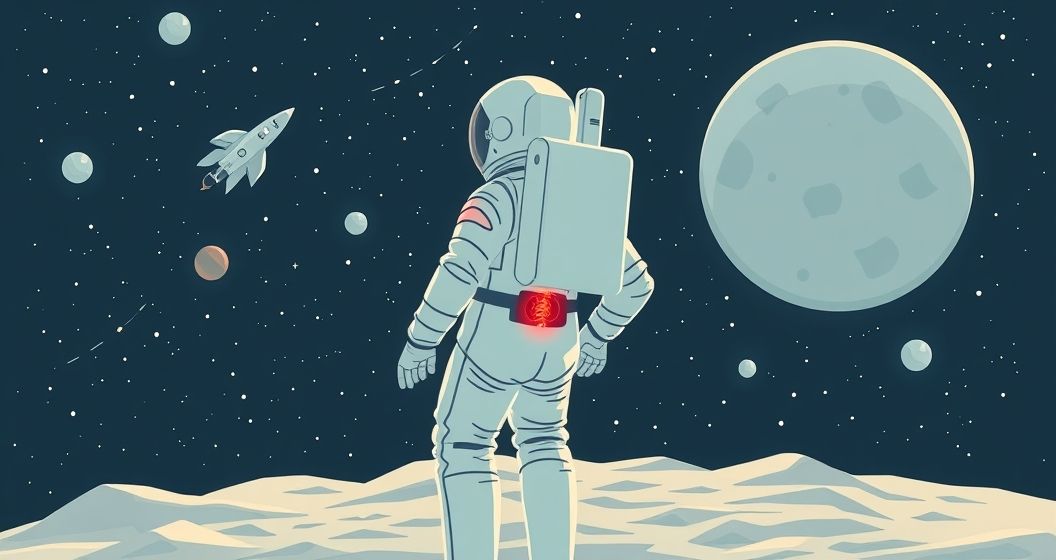The Effects of Microgravity on the Spine
The human body is designed for Earth’s gravity. Our bones and muscles work in concert to maintain posture and support our weight. In the microgravity environment of space, this delicate balance is disrupted. The spine, no longer compressed by gravity, expands, resulting in the temporary height increase observed in astronauts. However, this expansion comes at a cost. With reduced gravitational load, the muscles supporting the spine atrophy, losing strength and mass. This muscle loss contributes directly to back pain, making even simple movements challenging.
More Than Just Discomfort: The Long-Term Implications
Astronaut back pain is not simply a temporary inconvenience. The muscle loss and spinal changes experienced during space missions can have long-term consequences. Studies are ongoing to fully understand the extent of these effects and to develop effective countermeasures. The severity of the back pain varies among astronauts, depending on factors such as individual physical condition, mission duration, and the effectiveness of pre- and in-flight exercise regimens.
Countermeasures and Future Research
Recognizing the severity of astronaut back pain, researchers are actively exploring various countermeasures. These include specialized exercise programs designed to strengthen the back muscles and maintain bone density. Advanced technologies, such as robotic assistance for exercise and innovative countermeasures, are also being investigated. The goal is to develop strategies that mitigate the negative effects of microgravity on the musculoskeletal system, ensuring the health and well-being of astronauts on long-duration space missions.
The Importance of Continued Research
The challenges faced by astronauts in space highlight the importance of continued research into the effects of microgravity on the human body. Understanding the mechanisms behind astronaut back pain and developing effective prevention and treatment strategies are crucial not only for the health of astronauts but also for the future of space exploration. As humanity aims for longer and more ambitious space missions, addressing these challenges is paramount to ensuring the success and safety of future space travelers. Further research into the long-term effects of space travel on the musculoskeletal system will be essential for the planning and execution of future missions to the Moon, Mars, and beyond. The pursuit of space exploration necessitates a concurrent commitment to the health and well-being of those who dare to venture into the cosmos.


